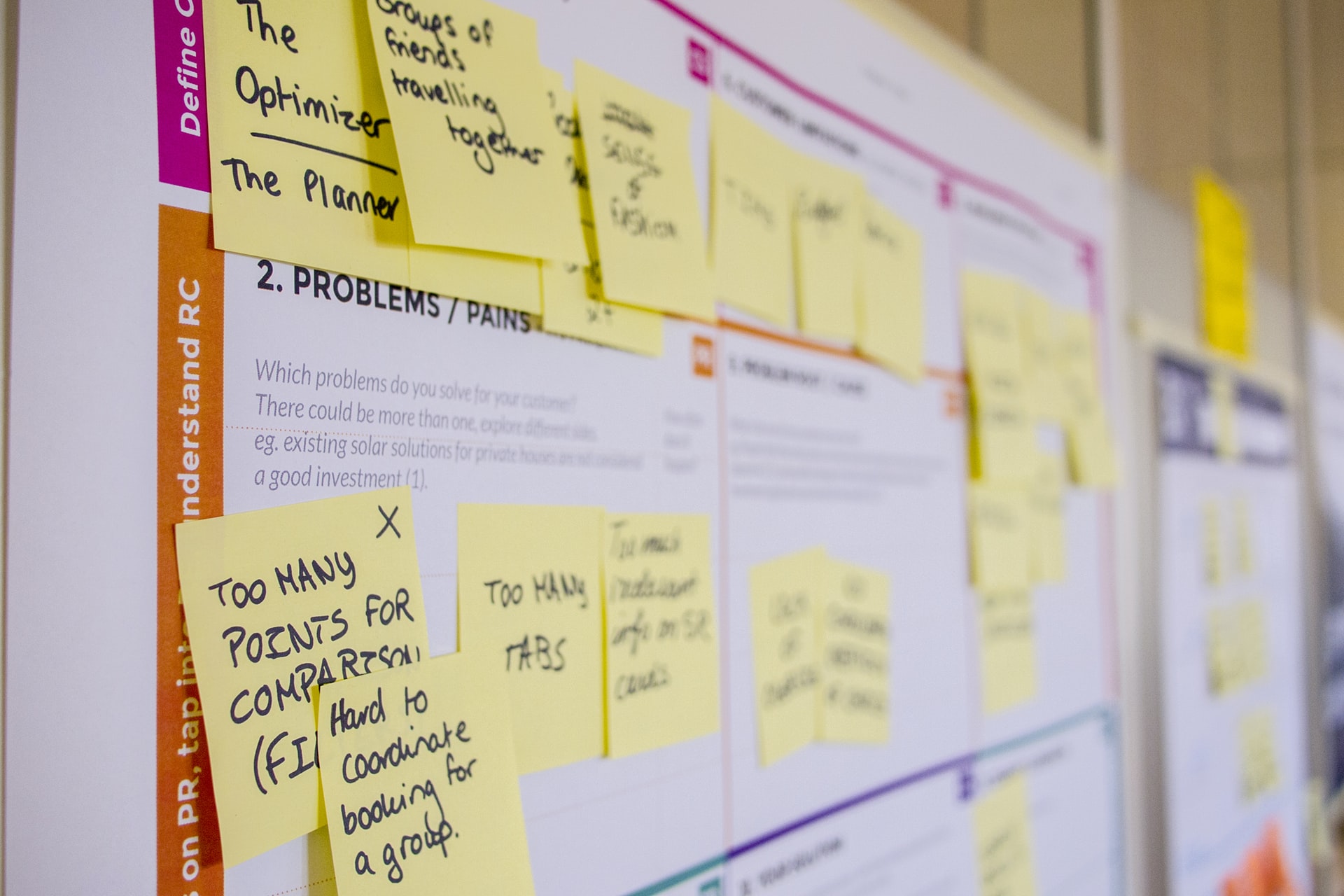The world has changed so much in recent years. The old way of doing things is no longer good enough to ensure successful project completion. Modern-day teams should consider combining traditional and agile project management methodologies for project success. Combining Agile project management with traditional project management can be a challenging job. Although there are many agile ways to manage projects, a traditional project manager still needs some idea about its nature to make a good decision at the right time.
Traditional project management and agile methodologies are often viewed as two opposing ideologies. One side advocates the importance of planning according to a well-defined and detailed methodology, while the other argues that you should focus on getting something done, rather than what it is called. But the ultimate need is project success, either obtained through agile project management or traditional methodology. But when someone goes ahead with a mixed approach, including both the agile project methodologies along with traditional methods, better results can be expected. So here I am going to discuss with you how to combine traditional and agile project methodologies for project success.
What is the agile project management methodology?
The Agile project management methodology is a flexible approach that can be used to manage projects of any size and complexity. It is an iterative and incremental process that focuses on delivering working software frequently and keeping the development teams in sync through continuous delivery. Agile project management methodologies attempt to address the fact that traditional project management relies too heavily on static plans while also lacking flexibility. These methodologies instead use a more adaptive approach that allows for timely adjustments based on in vivo feedback and emergent conditions.
What are the traditional methods of project management?
Traditional project management is the practice of planning, tracking, and controlling projects. Traditional methodologies have their advantages for some projects and situations. They are often used for large-scale projects with multiple teams that need to interact closely with one another in order to gain maximum benefit from the work and simplify communication between the various parties involved. Traditional methods can include things like using a Gantt chart, breakdown of tasks by functional areas (operations managers working closely with development teams), documenting high-level requirements and key deliverables ahead of any activity development, etc.
How to combine traditional and agile project management methodologies for project success?
Use the right methodology for your project. If you’re using traditional methods, use them. If you’re using agile methods, use those instead. You may find that some hybrid approach is best suited for your situation or that you need both approaches to succeed.
Choose which methodology works best for you and your team members as a whole; not every individual will be comfortable with all methods equally well. This includes how they like to communicate with each other (e-mail or face-to-face) as well as how they prefer to work in general (fast-paced or more relaxed).
For this reason, there are many ways to combine traditional methods and agile project management methodologies – but one way is by using a hybrid approach. With a hybrid approach, you’ll still use some form of documentation (such as e-mail or sticky notes), but you’ll also attempt to keep everything updated in real time through project management software.
The two methodologies can be combined to achieve the best of both worlds. For example, if you want to prioritize an important feature of your product, you could use Scrum to manage the development of the feature in an agile way. However, once you’ve reached a point where you need more guidance or control over the features being developed, you could switch to a more traditional approach. So, combining both methodologies can give you better results in the end.
Conclusion
Successful projects require a combination of traditional and agile project management methodologies. Going agile alone will not ensure the desired results, particularly where the requirements are known but subject to refinement while the project progresses. Traditional methods will give organizations room to complete important up-front activities, such as business case analysis and value-based prioritization. When used together, these can help an IT organization achieve the best results in complex business environments. You should go with the both project management methodologies to make a project successful.
















